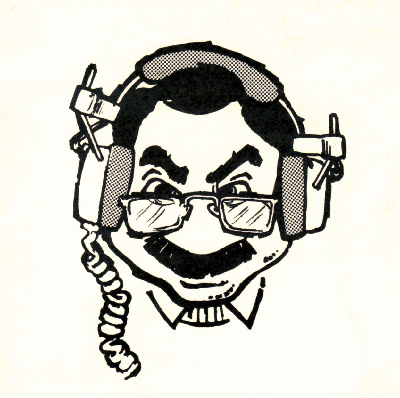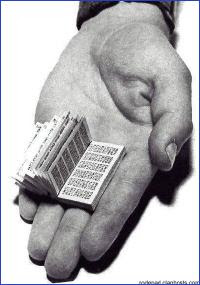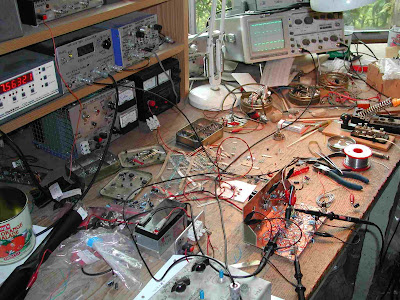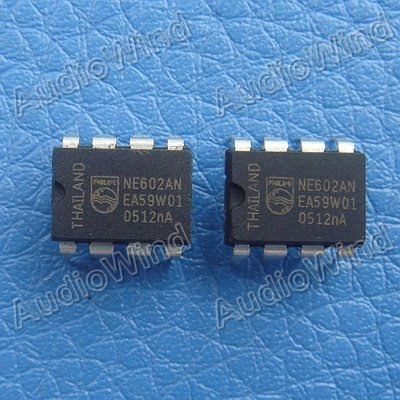

Our man in Dubai, Ron Sparks, AG5RS, sent in this very interesting report on the very small satellites. Obviously lots of QRP relevance here:
Hi Bill,
I am attaching some news you may find interesting. If you remember last year I did an echolink => IRLP => 2m linkup to make QSLs on the Balloon Launch (BLT-24). Besides the usual repeater and video gear, we also had an interesting "hitchhiker" on the payload.
It was the functional engineering model of the BEVO-1 picosat. You can see pictures of the model and the balloon payload here:
http://www.w5acm.net/b24.html
This unit sent beacon information during the balloon launch and we tested it environmentally by doing so. Data on the sat itself is at:
http://www.utexas.edu/news/
A sister satellite was being prepared by my alma mater, Texas A&M, who then docked their sat with the UT sat and put them on the Shuttle mission STS-127. Photos are here:
http://www.ne.jp/asahi/
All of this is part of NASAs DRAGONsat program. This is a new GPS system being developed by NASA.
I know that the satellite stuff is a little "far afield" for Soldersmoke, but you might find the connection to the Houston balloon community interesting. Those of us who get together and annually launch the balloon are without question Soldersmoke-ers with chronic cases of "the knack". It is fun for me to see that actually be useful toward a next generation replacement for GPS satellites.
All the best.
73 from Dubai, Ron AG5RS and A65BQ






















































